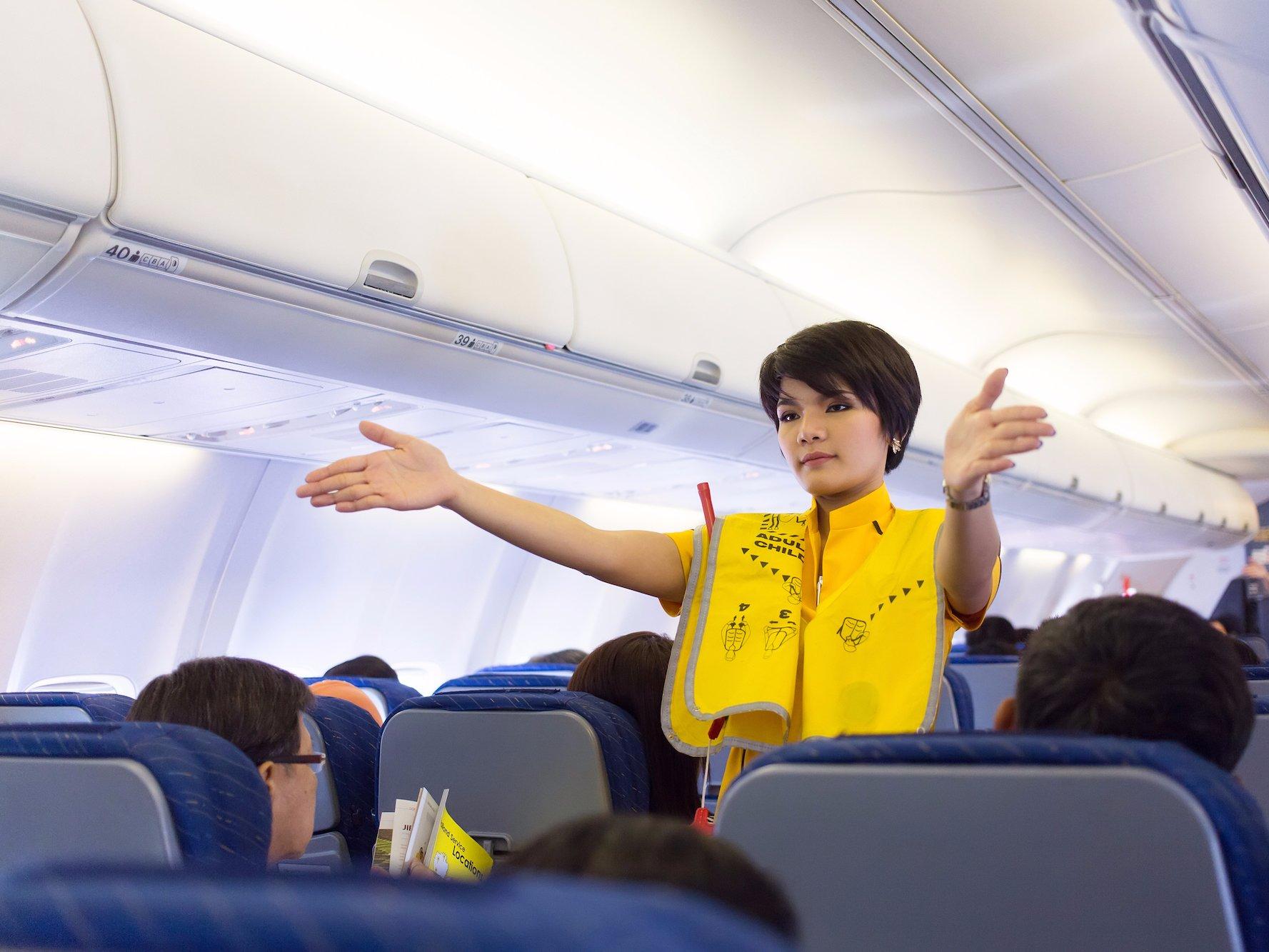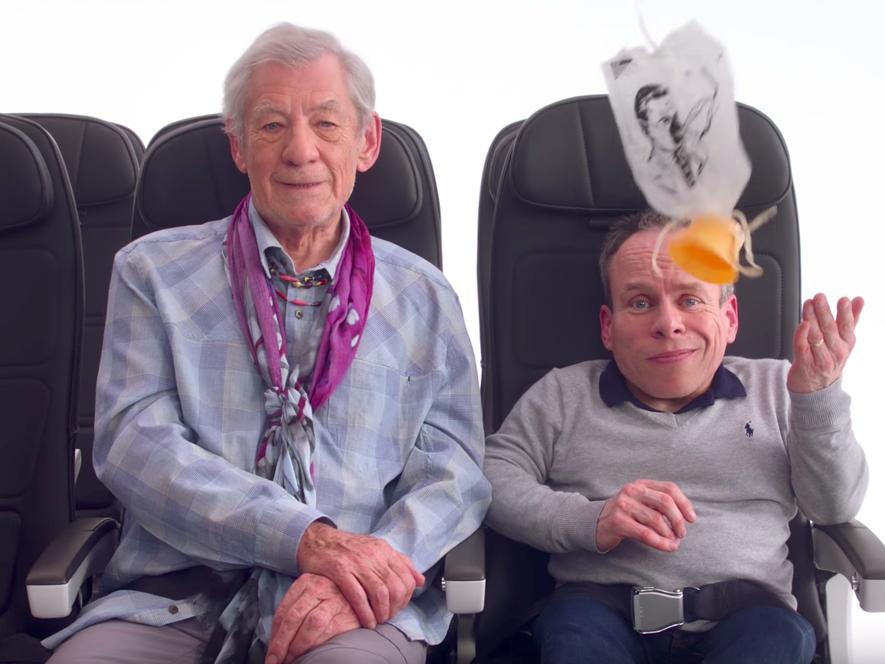Here's what would happen if someone opened the door on a plane mid-flight

Your support helps us to tell the story
From reproductive rights to climate change to Big Tech, The Independent is on the ground when the story is developing. Whether it's investigating the financials of Elon Musk's pro-Trump PAC or producing our latest documentary, 'The A Word', which shines a light on the American women fighting for reproductive rights, we know how important it is to parse out the facts from the messaging.
At such a critical moment in US history, we need reporters on the ground. Your donation allows us to keep sending journalists to speak to both sides of the story.
The Independent is trusted by Americans across the entire political spectrum. And unlike many other quality news outlets, we choose not to lock Americans out of our reporting and analysis with paywalls. We believe quality journalism should be available to everyone, paid for by those who can afford it.
Your support makes all the difference.Something that all regular fliers will be familiar with in the pre-flight safety announcement is what to do with the oxygen masks.
"To start the flow of oxygen pull the mask gently towards you."
Sounds nice and simple, unless you're trying to do that while a rapid decompression is taking place at over 30,000 feet in the air.
A rapid decompression is an unplanned drop in the pressure of a sealed environment and can happen if the plane door is opened mid-flight, or if a window is smashed. However, as The Telegraph points out, the majority of these uncontrolled decompressions happen due to failures in the plane's structural integrity, or inadequate repairs.
But if the plane door was to open mid-flight, "anyone standing near the exit would be ejected into the sky; the cabin temperature would quickly plummet to frostbite-inducing levels, and the plane itself might even begin to break apart," airline pilot Patrick Smith told The Telegraph.
During a rapid decompression at cruising altitude, most adults will reportedly have between 15 to 20 seconds of useful consciousness. That may sound like enough time to pull an oxygen mask towards you and maybe even to assist the child next to you, but with rapid decompression, you have a lot more to deal with.
A member of the PPRunE aviation forum named Superpilot described what it is like for a pilot to go through a rapid decompression: "Your tongue is swallowed by your throat in a second, your ears begin to hurt, and teeth become a hundred times more sensitive.”
If you don't instantly pass out, one of the biggest risks is hypoxia, where the body is deprived of oxygen and will lead to disorientation, unconsciousness, lowering heart rate, and eventually death.

This is why getting your oxygen mask sorted as quickly as possible is the most important thing you can do until the pilot is able to bring the plane to a breathable altitude.
However, nervous flyers needn't worry too much.
As Jason Rabinowitz explained to Travel + Leisure, the pressure difference between the outside and inside makes it nigh on "physically impossible" to open a door mid-flight, although that hasn't stopped some people from trying in the past.
Smith says: "At a typical cruising altitude, up to eight pounds of pressure are pushing against every square inch of the [aircraft body]."
As for the windows, they are designed to withstand a monumental level of pressure from the outside and could easily survive a human's force. They're made using a polycarbonate compound with several layers.
In a note issued by Airbus back in 2007, the company warned that the airline industry was unprepared and "untrained" for a decompression event.
"In one cabin decompression event, a cabin crewmember was saved from ejection out of the aircraft, because a passenger was holding on to the cabin crewmember's ankle."
While these rapid decompression events are extremely rare, it is always good to know what to do if one were to happen.
Make sure your seat belt is fastened correctly, you know where the oxygen mask is going to drop from, and where any vulnerable passengers are that may need your assistance once you are safe.
Read more:
• This chart is easy to interpret: It says we're screwed
• How Uber became the world's most valuable startup
• These 4 things could trigger the next crisis in Europe
Read the original article on Business Insider UK. © 2016. Follow Business Insider UK on Twitter.
Join our commenting forum
Join thought-provoking conversations, follow other Independent readers and see their replies
Comments